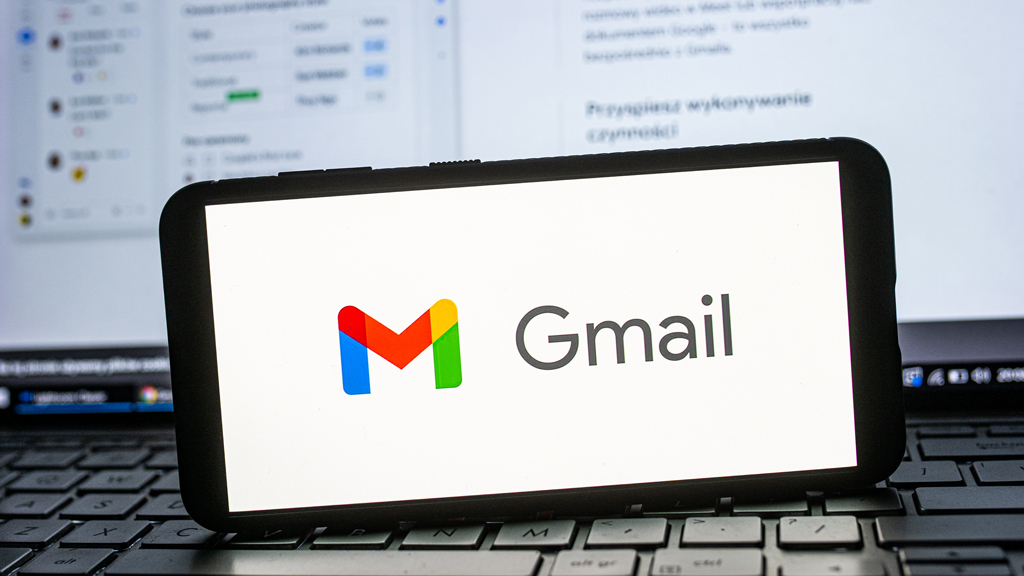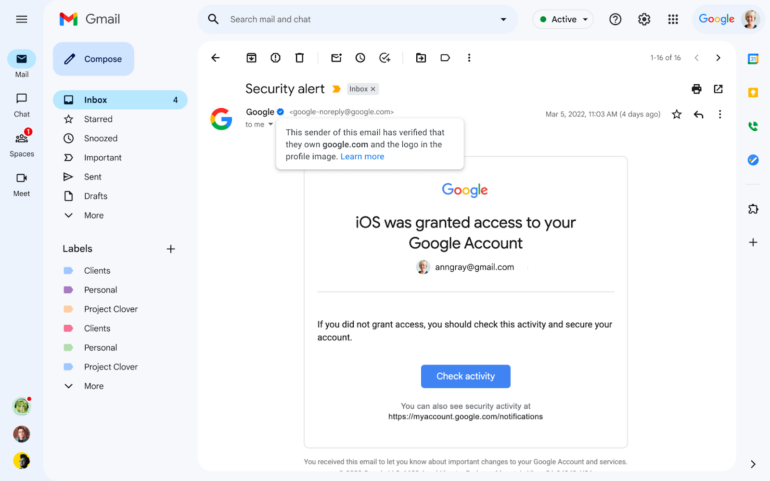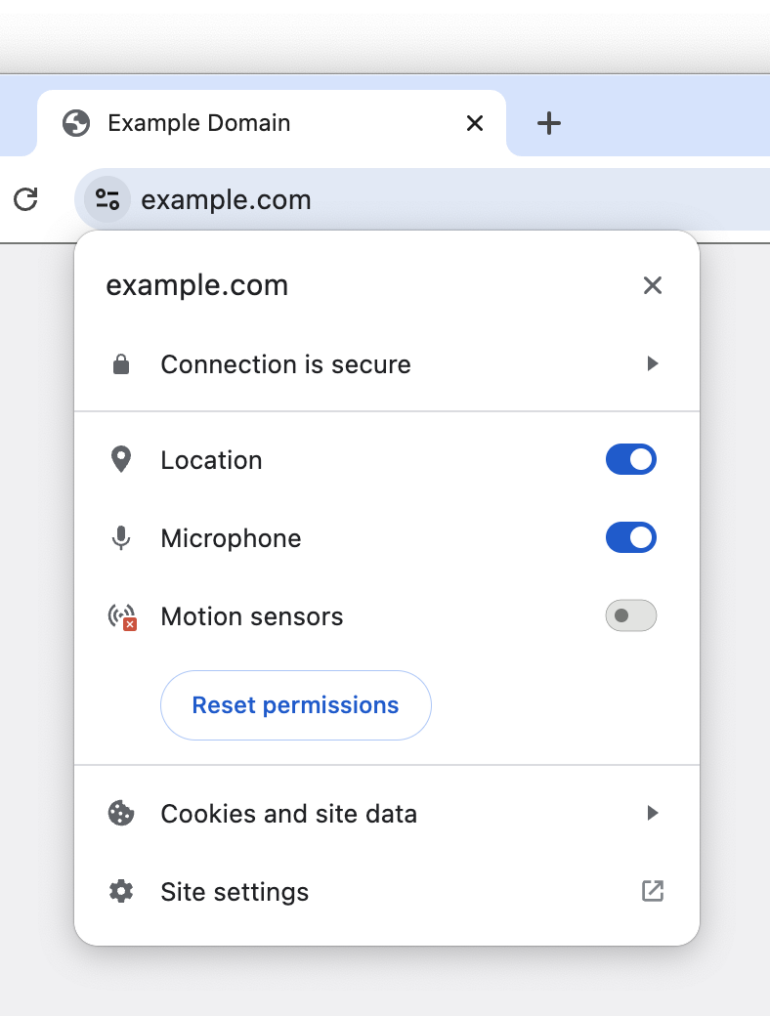
Gmail now also has “blue check marks” for verification
They will make it easier to distinguish official emails from fraudulent ones
BIMI (Brand Indicators for Message Identification) is a sender identification tool in Gmail that adds a brand logo to emails. All companies that have passed this verification should automatically receive blue check marks in the coming days.
In a blog post, Google says that the additional verification mark will further protect users and help distinguish between genuine company emails and fraudulent messages. When you hover over the checkmark, a message will be displayed that the sender has confirmed that they are the owner of the domain and profile picture.

“Blue checkmarks” have long been used on Twitter to verify users – but the relaunch of the Blue subscription, initiated by the social network’s new owner Elon Musk, has turned verification into a “treat” that anyone can afford by paying $8 a month. Other apps, from Tinder to Pinterest to YouTube, have their own versions of the icons, and Meta recently started test sales of “ticks” for Facebook and Instagram accounts.
In Gmail, “blue checkmarks” will help users quickly understand whether a real brand has sent them an email – especially since not everyone knows how the BIMI system works and what the logo added to a company’s message means.
Other changes include the transformation of the “padlock” icon that appears in the address bar into an icon that is usually used to indicate the control menu. Google claims that a study conducted in 2021 found that only 11% of users actually understood its purpose – most believed that it was a sign that the site was trustworthy (the “lock” indicates that the site is protected by the HTTPS protocol, which makes it impossible to intercept traffic in clear text, but does not protect against phishing). However, the changes will be introduced only in early September 2023.

Earlier, Google allowed the use of access keys to log in to accounts, which is a more secure alternative that can replace traditional passwords or other login systems (2FA or SMS verification) with a local PIN or your device’s own biometric authentication (such as a fingerprint or facial ID).

